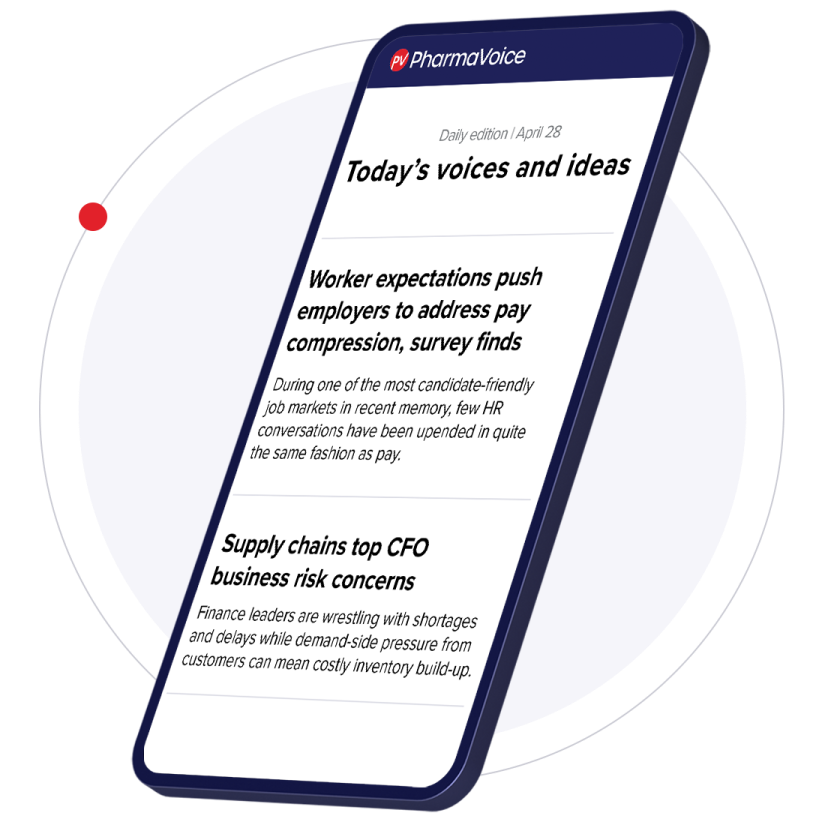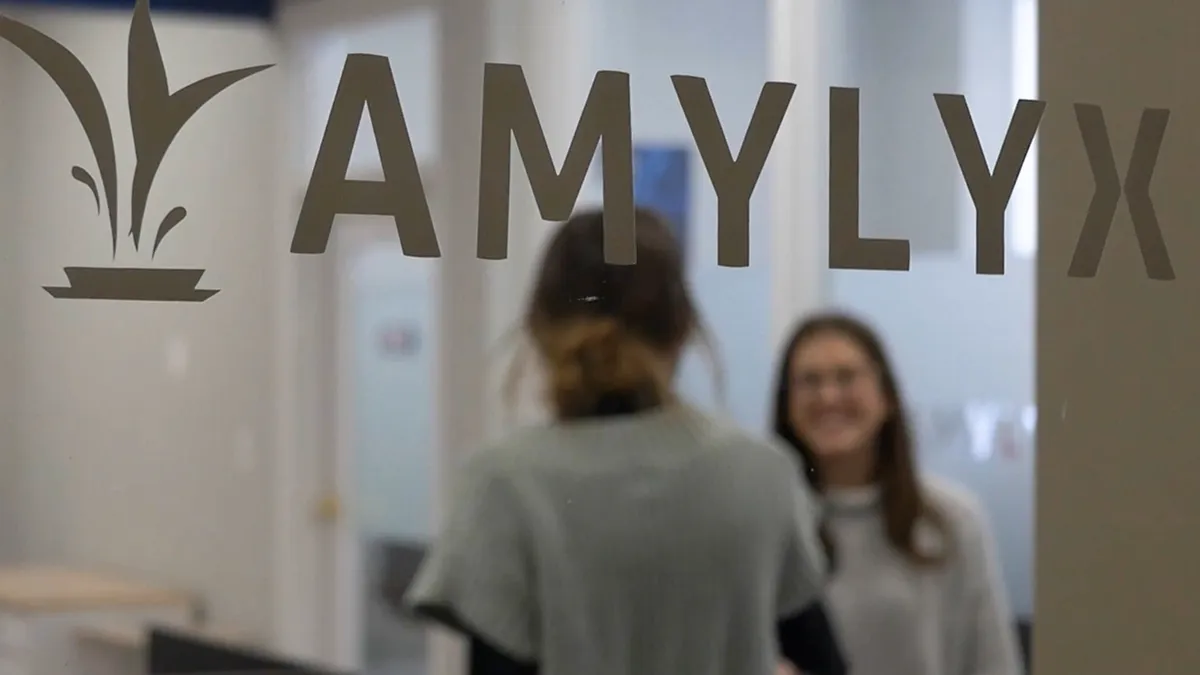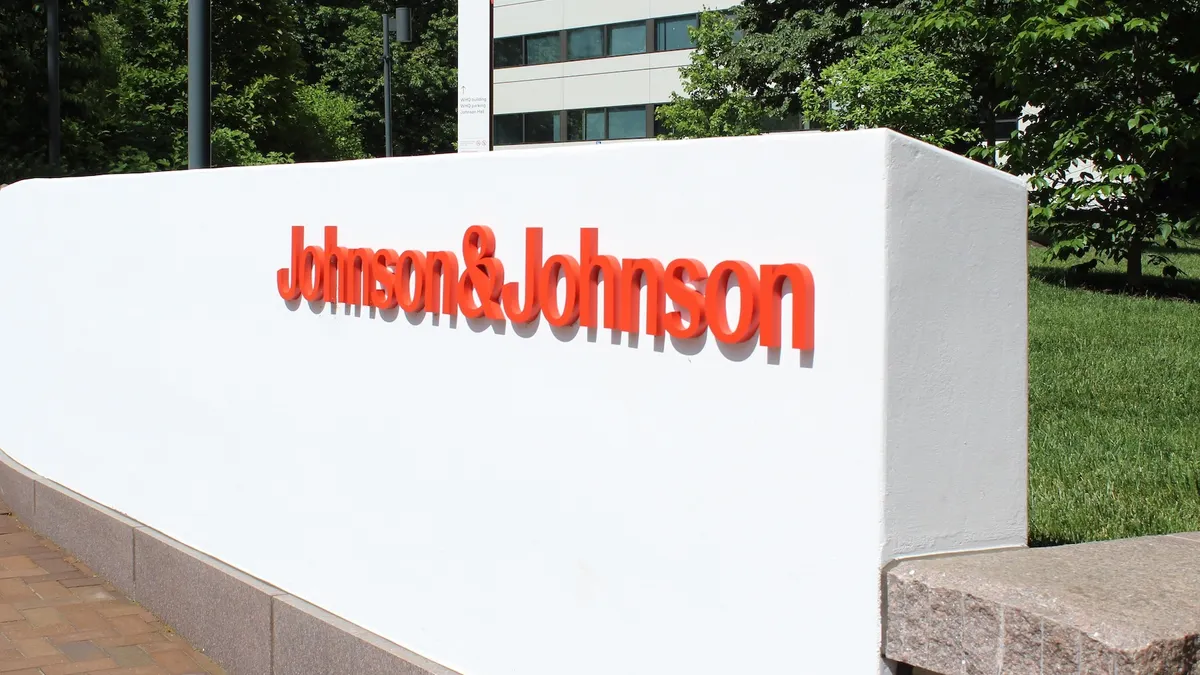When the HHS pulled $500 million in funding from the development of mRNA vaccines earlier this month, Secretary Robert F. Kennedy Jr. said in a statement that the Make America Healthy Again agenda would enable a shift to “safer, broader vaccine platforms.”
Experts, however, pointed to the unprecedented speed with which mRNA vaccines were developed and distributed in response to the COVID-19 pandemic that would not have been possible using traditional immunization methods. University of Minnesota infectious disease expert Mike Osterholm tweeted, “I haven't seen a more dangerous decision in public health in my 50 years in the business. ”
Beyond implications for future pandemic preparedness, the funding pullback also revealed a dynamic within the pharma industry between existing and emerging technologies, particularly as it pertains to public health and government funding for vaccines.
The technology behind mRNA vaccines has been celebrated in scientific circles as a major step forward in immunization, allowing for a timely response to new viruses, but the industry hasn’t put all of its eggs in that one basket. Older technologies like live-attenuated vaccines and viral vectors, for example, are still used in many kinds of shots, and companies that use these traditional methods could find that less funding for mRNA gives their own vaccines a boost — for now.

“In general for us, I see it as something that bodes positively,” said David Dodd, CEO of GeoVax, a biotech that uses a viral vector platform called modified vaccinia ankara in the clinic for COVID and head and neck cancers, as well as preclinical programs in mpox, Ebola, Marburg, Zika and more. “For the last five years, we were at a point where if you’re not doing mRNA, then you’re out of date and no one was going to support you, and that was a little bit too dramatic because there’s no one technology or platform that covers everything you need.”
Still, the mRNA platform holds plenty of value and should play a role in any robust public health system, Dodd said. Nothing compares to the manufacturing speed and access mRNA provides. But the technology also has limitations, particularly because it targets a specific antigen when a broader, multi-antigen response could be more fully protective against a disease in the long run.
There are pros and cons for each type, and different vaccine technologies don’t have to — and shouldn’t — be mutually exclusive, Dodd said.
“The more technologies you have out there, the more you have an opportunity to meet needs, because people are so heterogeneous in their diseases and conditions and immune status, and our response should be just as varied,” he said.
‘Well intended, poorly done’
While the mRNA vaccines developed quickly during the COVID pandemic are credited with saving millions of lives around the world, the public backlash now fed by the HHS itself stemmed from mismanagement of vaccine policy, Dodd said.
The confidence that once surrounded vaccination for decades started to fade in certain communities prior to the pandemic, but COVID set off a chain of events leading to a massive erosion of trust.
“Scientific progress was so well accepted with the polio and smallpox vaccines — science was saving the world,” Dodd said. “We lost that during the pandemic. Scientific innovation in and of itself is not going to be enough to convince people to accept it, and in the case of COVID, the messaging was well-intended but poorly done, and it resulted in a very high level of mistrust.”
Now, with that mistrust elevated to the highest level of public health leadership in control of the purse strings for scientific development funding, mRNA is bearing the brunt of that pandemic fallout, he said.
For other types of vaccines, the race is a marathon, not a sprint, Dodd said. GeoVax’s MVA shots are notoriously difficult and time-consuming to manufacture compared with mRNA vaccines. But they offer benefits that come with broader immunization, especially for immunocompromised patients, which is what the company has emphasized in two of its mid-stage clinical trials for the COVID shot GEO-CM04S1.
GeoVax is no stranger to the backlash against vaccines, though, mRNA or not. The HHS in April withdrew funding for the company that it once granted through the Biomedical Advanced Research and Development Authority, and issued a stop work order.
The order came at a time when GeoVax had already gotten the wheels turning on their clinical trials, so the effect was minimal, but it still underscored a pushback on COVID vaccines in general. Fellow COVID vaccinemaker Vaxart has also faced similar orders to stop working on its oral immunization not based on mRNA.
Vaccines are still critical to a robust public health infrastructure and preparedness for future pandemics, Dodd said, and with U.S. mRNA funding drying up, health officials will need to remain open to alternative sources of technology, giving companies like GeoVax and others a chance to shine.



















